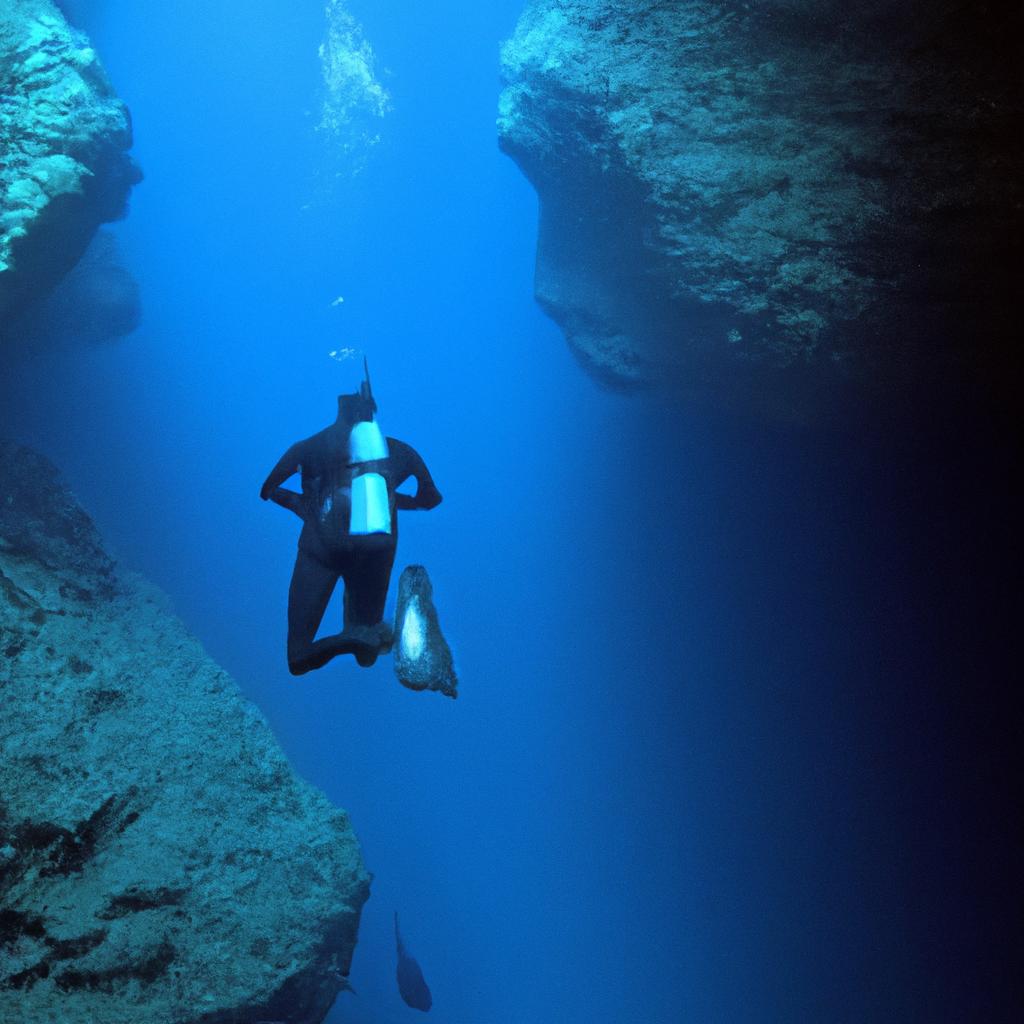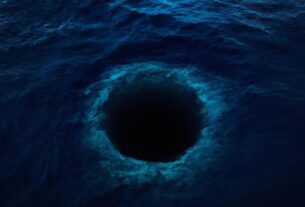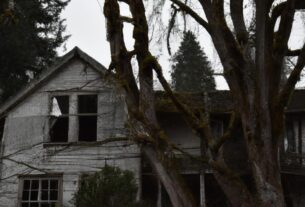Have you ever heard of the Croatia Blue Hole? Prepare to be amazed by one of the most captivating natural wonders in the world! Located along the Croatian coastline, the Blue Hole is a geological formation that has been attracting adventure enthusiasts from all over the globe. In this article, we will delve into the beauty, history, and significance of this fascinating attraction.
Discussing the Blue Hole is important because it not only showcases the marvels of nature but also raises awareness about the need to preserve such unique ecosystems. This mesmerizing site is not just a tourist attraction; it is a natural phenomenon that took thousands of years to form. Its significance goes beyond tourism, as it has been deeply intertwined with the local culture and history for generations.
What is Croatia Blue Hole?
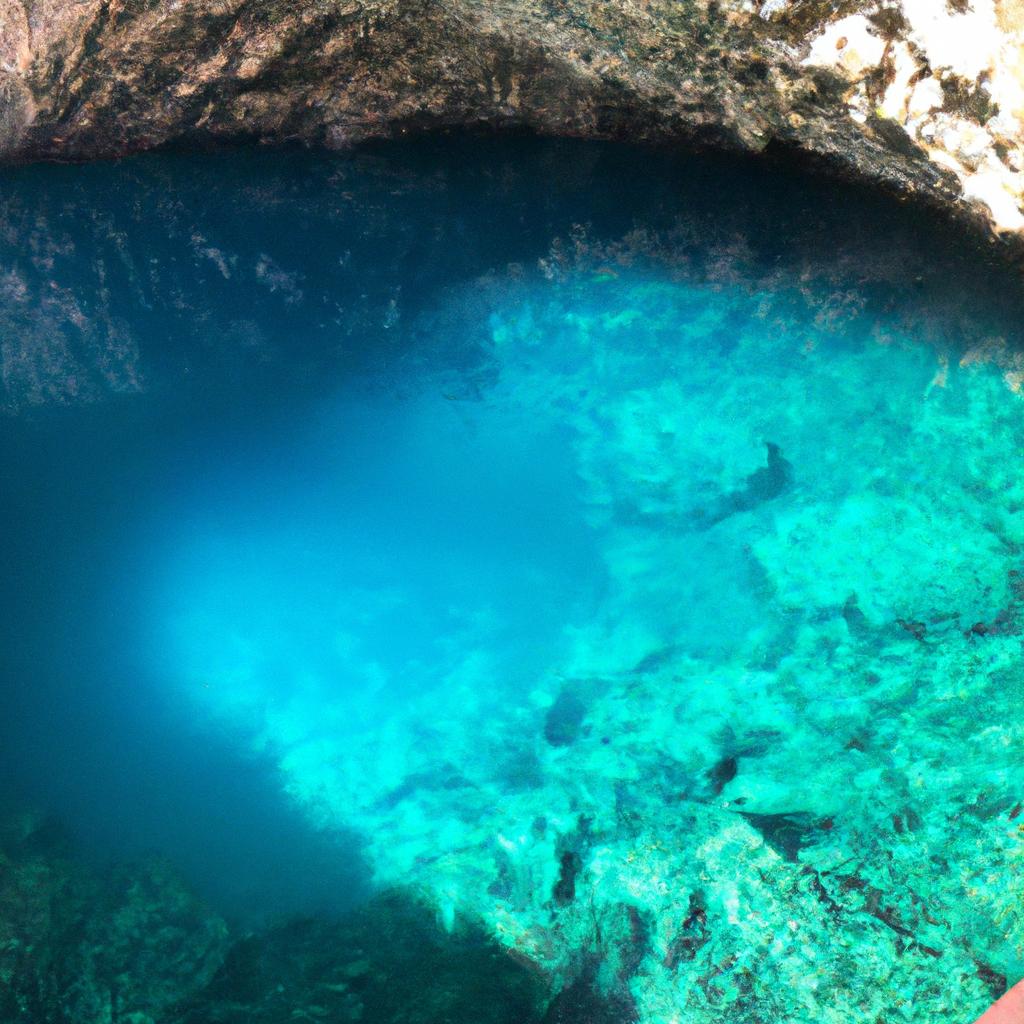
Definition and Description
Croatia Blue Hole, also known as Modra špilja, is a natural sea cave nestled on the island of Biševo. It is renowned for its crystal-clear blue water, which reflects the sunlight through the cave’s opening onto the sandy bottom. With dimensions of approximately 24 meters in length, 10 meters in depth, and up to 15 meters in height, the Blue Hole may seem relatively small, but it leaves visitors in awe with its mesmerizing allure.
Location and Accessibility
Situated about 5km southwest of the island of Vis, a popular tourist destination in Croatia, the Blue Hole can be reached by taking a boat tour from Vis or nearby islands. These tours typically last a few hours, providing visitors with ample time to explore the cave’s beauty and capture stunning photos.
Geological Formation and Unique Features
Formed during the Ice Age when the sea level was considerably lower, the cave became submerged as the sea level rose over time. The mesmerizing blue hue of the Blue Hole is a result of the light reflecting off the white sandy bottom and the walls made of limestone. Additionally, the walls are adorned with algae, giving the cave a greenish tint. The Blue Hole serves as a testament to the awe-inspiring wonders nature can create.
History and Cultural Significance

Historical and Cultural Context of Croatia Blue Hole
The Croatia Blue Hole boasts a rich history dating back to ancient times. Geological evidence suggests that the Blue Hole was formed approximately 15,000 years ago during the last ice age. As time went on, it developed into the unique natural wonder that continues to captivate locals and tourists.
For centuries, the Blue Hole has been an integral part of the local culture. According to local folklore, the hole was created by a giant residing in the nearby mountains to provide water for the region’s inhabitants. The locals also regarded the Blue Hole as a sacred place, believing that its water possessed healing properties.
Folklore and Myths Surrounding the Place
Over the years, the Blue Hole has become the subject of various myths and legends. One popular legend revolves around a sea monster known as “Vodnik,” believed to guard the treasures hidden within the Blue Hole’s depths. Another prevalent myth suggests that the cave serves as a gateway to the underworld, housing malevolent spirits.
Significance to the Local Community and Croatia as a Whole
The Blue Hole holds significant cultural and historical value for the local community and the entirety of Croatia. It symbolizes the region’s natural beauty and cultural heritage, serving as an inspiration for artists, writers, and musicians. The Blue Hole has been featured in numerous works of art, literature, and music, solidifying its position as a cultural icon.
In recent years, the Blue Hole has gained popularity as a tourist destination, providing economic benefits to the local community. However, the increase in visitors has also raised environmental concerns, emphasizing the importance of responsible tourism practices. Preserving the Blue Hole’s cultural and historical significance while ensuring its sustainability for future generations is essential.
Biodiversity and Ecology
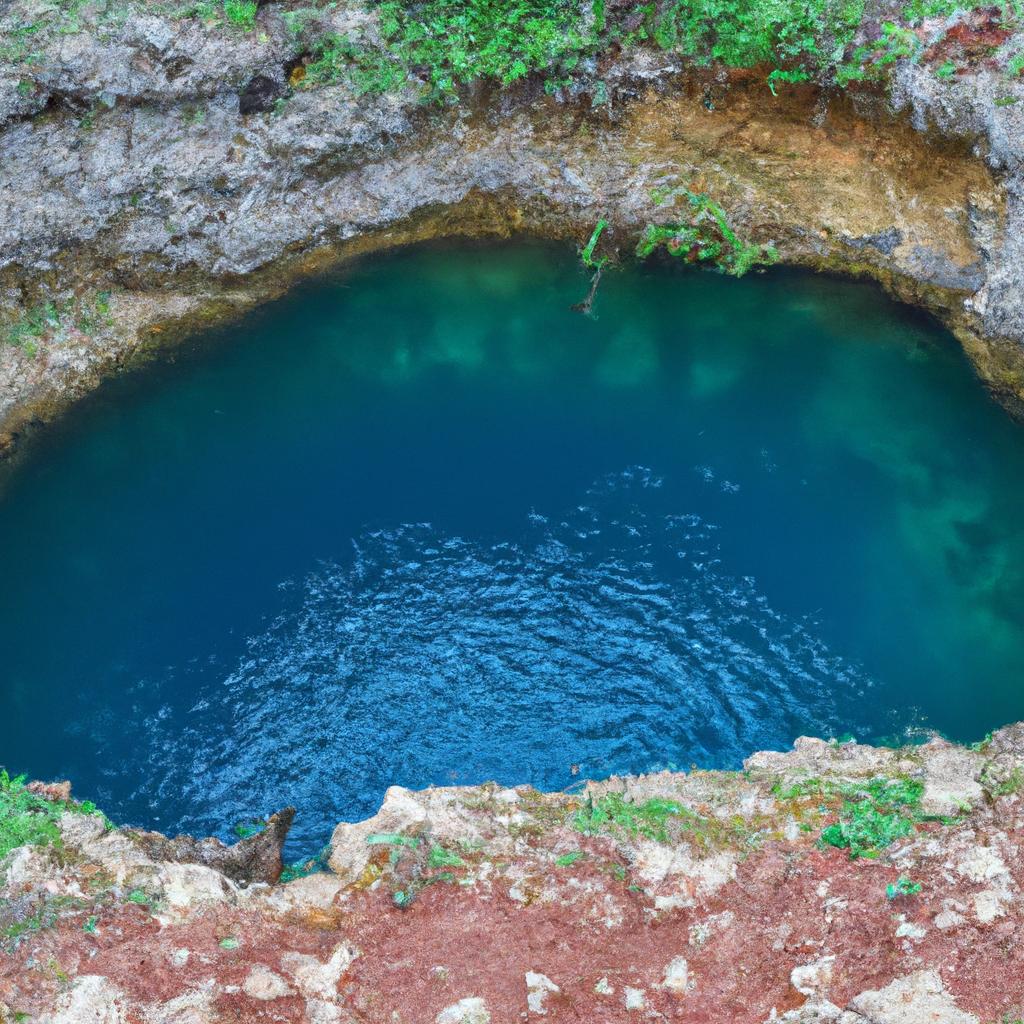
A Diverse Ecosystem
The Blue Hole boasts a rich and diverse ecosystem, both underwater and on land. The crystal-clear blue waters are home to various marine life, including corals, sponges, and an abundance of fish species. Visitors may even catch a glimpse of large pelagic species such as tuna, swordfish, and sharks. The Blue Hole’s underwater world attracts scientists and researchers from around the world due to its astonishing biodiversity.
On land, the Blue Hole is surrounded by lush vegetation and wildlife. Visitors can observe a wide variety of bird species, reptiles, and small mammals. This unique ecosystem signifies nature’s resilience and its ability to adapt to challenging environments.
Importance of Conservation
Conserving the Blue Hole’s ecosystem is crucial to preserving the area’s natural beauty and biodiversity. The fragile ecosystem is susceptible to damage from human activities such as pollution, fishing, and boating. Conservation efforts are necessary to protect the marine life and maintain the balance of the ecosystem.
Local authorities have taken steps to safeguard the Blue Hole’s ecosystem, including implementing fishing restrictions and prohibiting motorized boats from entering the area. Visitors also play a vital role by practicing responsible tourism and minimizing their impact on the environment.
Threats and Challenges
Despite conservation efforts, the Blue Hole’s ecosystem faces various threats and challenges. Climate change, pollution, and overfishing are among the significant challenges it confronts. Rising sea temperatures and ocean acidification can significantly impact marine life, while pollution can harm water quality and damage corals and sponges.
Unregulated fishing poses a grave threat to the marine life in and around the Blue Hole. Depletion of fish populations and disruption of the delicate ecosystem balance are potential consequences. Addressing these challenges and implementing sustainable practices are vital to ensure the long-term survival of the Blue Hole’s ecosystem.
Activities and Tourism
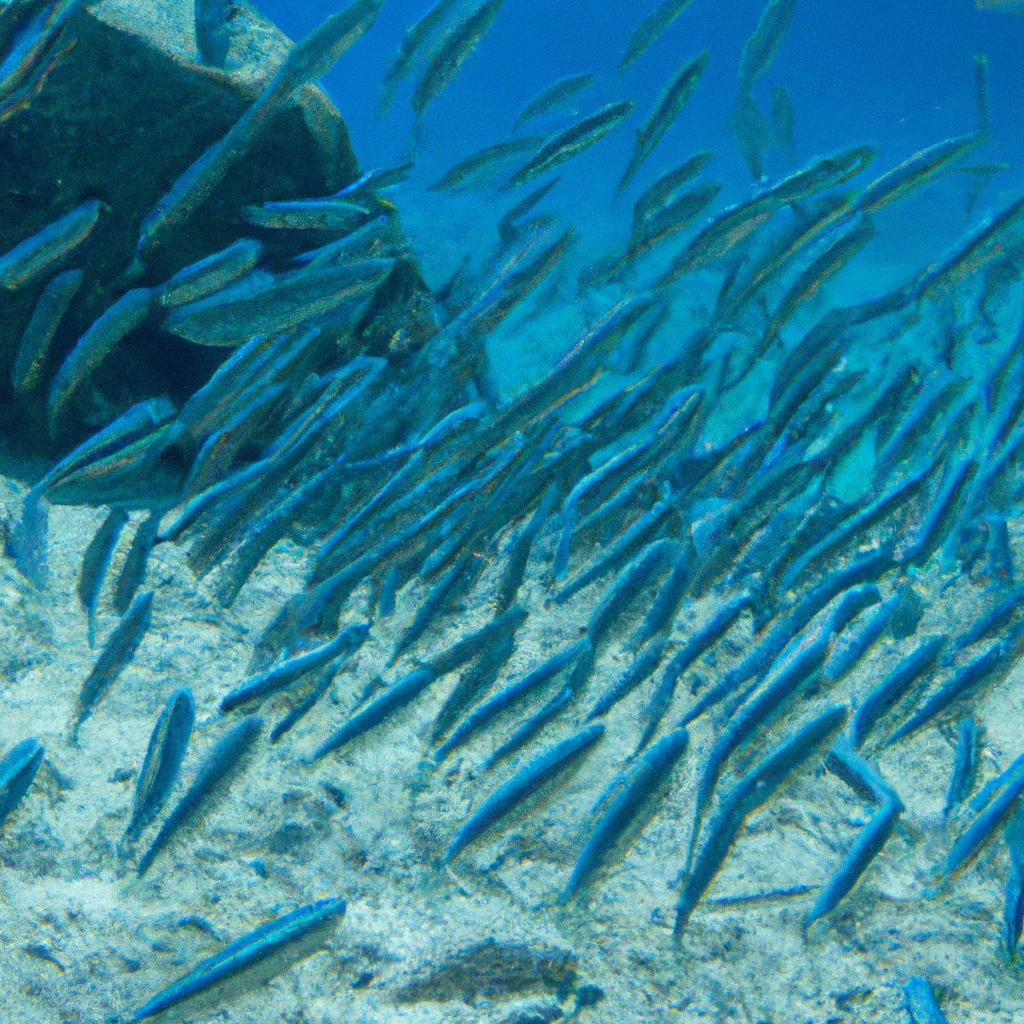
Popular Activities and Attractions for Tourists Visiting the Blue Hole
The Blue Hole offers a wide range of activities, making it a popular destination for adventure enthusiasts and nature lovers alike. Snorkeling and scuba diving are particularly popular, allowing visitors to explore the underwater world and witness the stunning marine life up close. The exceptionally clear water provides excellent visibility, making it ideal for diving and underwater photography.
For those who prefer to stay above water, kayaking and paddleboarding are fantastic options. The tranquil waters of the Blue Hole offer a peaceful and scenic experience, with splendid views of the surrounding cliffs and vegetation. Visitors can also enjoy a boat tour of the area, guided by experienced professionals who provide insights into the Blue Hole’s history and significance.
Sustainable Tourism Practices and Responsible Travel
When visiting the Blue Hole, it’s vital to practice sustainable tourism and responsible travel. The fragile ecosystem of the Blue Hole necessitates protection to ensure its continued existence. Visitors should avoid touching or disturbing marine life and refrain from leaving any trash or litter behind.
Local tour operators and businesses have implemented sustainable practices, such as employing eco-friendly equipment and regulating the number of visitors to the Blue Hole. By supporting these businesses, visitors contribute to environmental preservation and support the local community.
Local Businesses and Services for Visitors
A multitude of local businesses and services cater to visitors to the Blue Hole. From accommodation options to restaurants to tour operators, there is something for everyone. Visitors can choose to stay in hotels or apartments in nearby towns or enjoy a more unique experience by opting for a local guesthouse or homestay.
Several restaurants and cafes in the area offer a taste of the local cuisine, including fresh seafood. Tour operators provide a variety of activities and tours tailored to different interests and skill levels. With so much to see and do, visitors are guaranteed an unforgettable experience at the beautiful Croatia Blue Hole.
Discovering the Hidden Gems of Croatia
Croatia is a country brimming with hidden gems, from its pristine coastline to its lush forests and breathtaking mountains. The Blue Hole represents just one of the countless natural wonders that Croatia has to offer. If you’re planning a trip to Croatia, be sure to explore the country’s remarkable beauty.
In addition to the Blue Hole, Croatia boasts numerous other attractions worth visiting. Top destinations include the Plitvice Lakes National Park, the Dubrovnik Old Town, and the Diocletian’s Palace in Split. Indulging in the local cuisine, which combines Mediterranean and Central European flavors, is also a must.
Croatia’s rich culture and history are evident in its architecture, museums, and festivals. The country has a vibrant arts and music scene, with various events taking place throughout the year. From jazz festivals to film festivals, there is always something to see and do in Croatia.
In conclusion, Croatia is a country full of surprises and hidden treasures. The Blue Hole is just one of the attractions that make this country special. So, if you’re seeking a vacation destination off the beaten path, consider visiting Croatia. You won’t be disappointed.
For more information about TooLacks, visit TooLacks.
